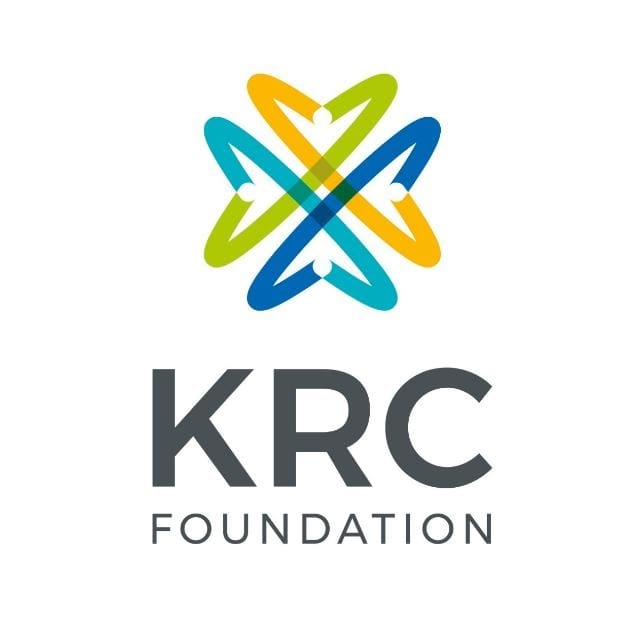With Nafithromycin, India is positioning itself as a global leader in tackling one of modern medicine’s greatest threats of AMR
 KRC TIMES Education Desk
KRC TIMES Education Desk

Maria Mukherjee
Have you ever been advised not to take antibiotics for the mild flu because they might not work as effectively next time? This warning points to a pressing global issue: antimicrobial resistance (AMR). AMR occurs when bacteria, fungi, viruses, and parasites evolve to resist the medications meant to eliminate them, turning previously manageable infections into potentially life-threatening conditions.
With AMR projected to cause up to 10 million deaths annually by 2050, the need for innovative solutions is urgent. Stepping up to this challenge is Nafithromycin, India’s first indigenously developed antibiotic. Created by Wockhardt with support from the Biotechnology Industry Research Assistance Council (BIRAC), Nafithromycin is set to launch under the brand name Miqnaf by 2025. Its primary target? Community-acquired bacterial Pneumonia (CABP) is caused by resistant strains of Streptococcus pneumoniae.
A Closer Look at Nafithromycin
Belonging to the macrolide family—home to well-known antibiotics like clarithromycin and azithromycin, Nafithromycin stands apart due to its innovative structural design. As a lactone ketolide, it incorporates key modifications to the traditional macrolide framework, enabling it to overcome bacterial resistance mechanisms that limit the effectiveness of older antibiotics. Nafithromycin disrupts bacterial protein synthesis by targeting the ribosome, the cellular machinery responsible for protein production. By binding tightly to the ribosome, it halts bacterial growth and prevents the infection from spreading.
How Nafithromycin Overcomes Resistance
Resistance mechanisms in bacteria, such as erm and mef-mediated pathways, have rendered many previous macrolides ineffective. Here’s how Nafithromycin fights back:
· Erm-mediated resistance: The erm gene causes bacteria to methylate the ribosomal binding site. Unlike other macrolide antibiotics, Nafithromycin can stick to these methylated ribosomes, making it effective against erm-resistant strains.
- Efflux pump resistance (Mef-mediated): Some bacteria pump out macrolides with mef(A/E)-mediated efflux pumps. Nafithromycin’s structure lets it stay effective against these pumps, thus retaining itself in the bacterial system.
- Ribosomal mutations: Some bacteria mutate their ribosomes to block macrolide binding. Since Nafithromycin can interact with multiple ribosomal domains, it works even in these mutated strains.
A Turning Point for Indian Pharma
India has earned its reputation as the “pharmacy of the world,” supplying 20% of global generic drug exports. However, Nafithromycin signifies a pivotal transition from generics manufacturing to high-value innovation. This breakthrough opens up possibilities for greater collaboration between academic institutions and the pharmaceutical industry, fostering a culture of research and development. With Nafithromycin, India is positioning itself as a global leader in tackling one of modern medicine’s greatest threats of AMR.
Impact on Global and Domestic Health
Pneumonia remains a significant health challenge worldwide, particularly in low- and middle-income countries. India, which accounts for 23% of global pneumonia deaths, reports around 4 million cases of CABP annually. By producing Nafithromycin domestically, India can ensure quicker and more affordable access to this life-saving treatment. The availability of such an antibiotic, tailored to combat resistant infections, places India at the forefront of efforts to solve a critical global health crisis.
Why Nafithromycin Matters
Nafithromycin is not just another antibiotic – it is a symbol of transformation in Indian healthcare and pharmaceutical innovation. Its novel mechanism of action, advanced pharmacokinetics, and resistance-fighting abilities make it a critical tool in preserving the efficacy of existing antibiotics while treating infections that have become increasingly difficult to manage. As the first home-grown antibiotic in India, Nafithromycin represents a major milestone. It has the potential to save lives, redefine India’s role in global medicine, and pave the way for future breakthroughs. This development underscores the promise and capability of Indian pharma in addressing global healthcare challenges, an achievement that marks the beginning of a new era for the industry. Nafithromycin is more than a drug; it’s a beacon of hope in the fight against AMR and a testament to India’s growing role as a leader in pharmaceutical innovation.

(The author is a PhD Scholar at the Indian Association for Cultivation of Science, Dept of Science and Technology, Govt of India, Kolkata)


